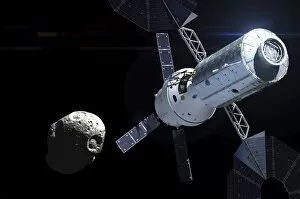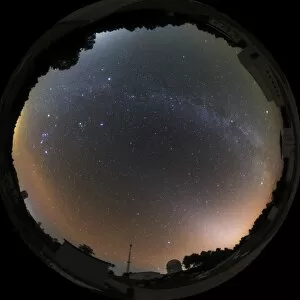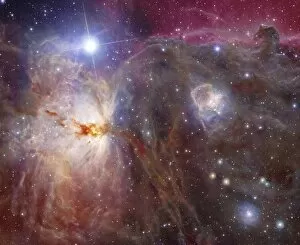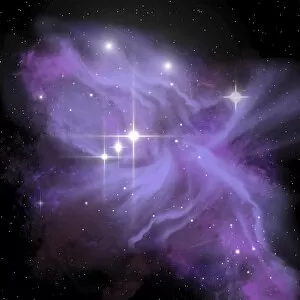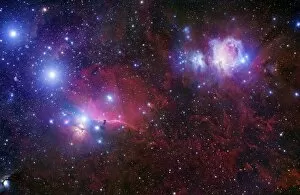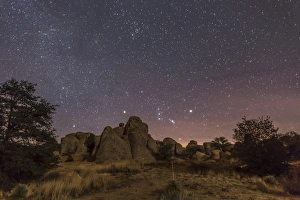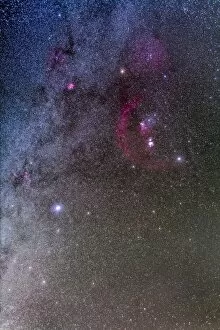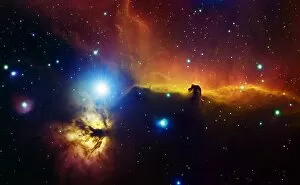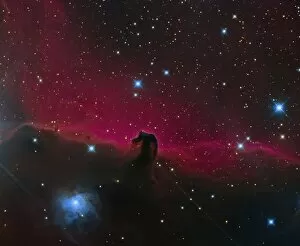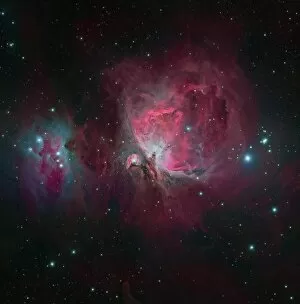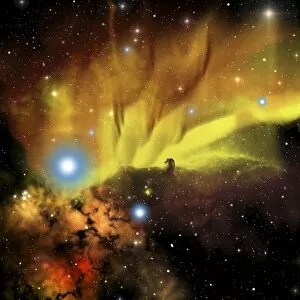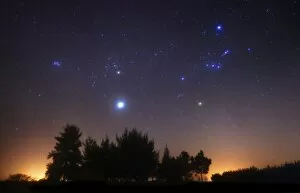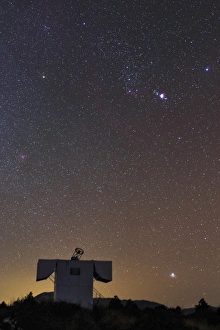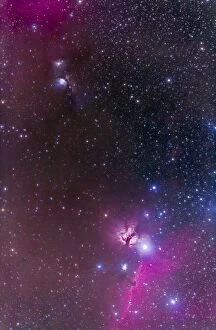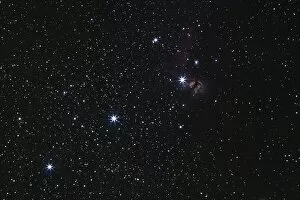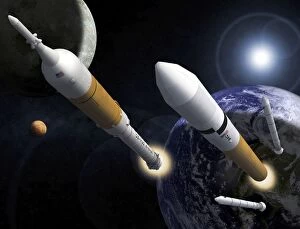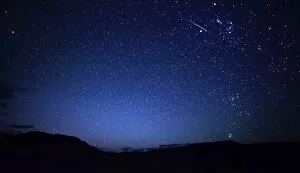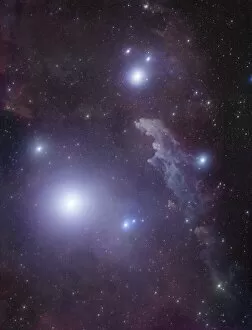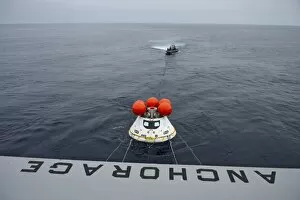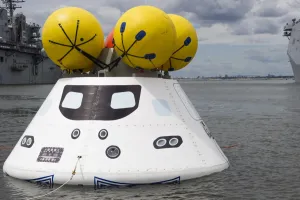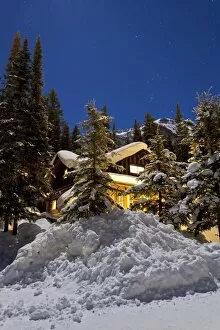Orion Collection (page 7)
"Discover the Mysteries of Orion: A Celestial Journey" Embark on a cosmic adventure as we unravel the enigmatic wonders of Orion
All Professionally Made to Order for Quick Shipping
"Discover the Mysteries of Orion: A Celestial Journey" Embark on a cosmic adventure as we unravel the enigmatic wonders of Orion, a constellation that has captivated stargazers for centuries. Look up at the night sky and let your imagination soar. Orion's Belt, three bright stars aligned in perfect harmony, guides our gaze towards this celestial marvel. Among its treasures lies the awe-inspiring Orion Nebula (M42), an interstellar cloud where new stars are born amidst vibrant hues of gas and dust. Its ethereal beauty beckons us to explore further into the depths of space. Venturing deeper into Orion's realm, we encounter M43 - a neighboring nebula that adds even more splendor to this stellar masterpiece. The Horsehead Nebula emerges from within, resembling an equine silhouette against a backdrop of cosmic brilliance. In Nepal's majestic Pharilapche Peak, witness Sirius, Orion, and Aldebaran shining brightly in the celestial sky above. Their radiance illuminates both nature's grandeur and humanity's quest for understanding our place in the universe. The Mauna Kea telescopes stand tall atop Hawaii's volcanic landscape, offering glimpses into distant galaxies while being embraced by the Milky Way itself. Here lies another gateway to deciphering Orion’s secrets – a testament to human ingenuity reaching for infinity. Beyond astronomy lies another facet of "Orion. " On wrestling championship posters worldwide, fierce competitors embody strength and determination under this legendary name – symbolizing power and resilience echoing through time. Delve further into history with an ancient star map depicting constellations like Orion meticulously etched onto stone tablets or cave walls – evidence of humanity’s fascination with these celestial patterns since time immemorial. And finally, let us not forget about "Orion Steamship, " once traversing vast oceans carrying dreams across continents - connecting people through exploration and trade during eras long past.

